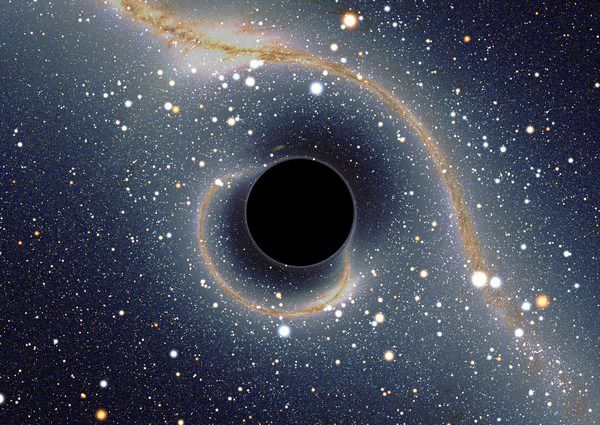-
 Telematics
Telematics
-
 Equator of a celestial body
Equator of a celestial body
-
 Mass storage
Mass storage
-
 Blog
Blog
-
 Tyrosine
Tyrosine
-
 Indehiscent
Indehiscent
-
 Magnet
Magnet
-
 Expansion valve
Expansion valve
-
 Diabetic
Diabetic
-
 Browser
Browser
-
 Collagen
Collagen
-
 Light pollution
Light pollution
-
 Adipocyte
Adipocyte
-
 Spermatozoon
Spermatozoon
-
 Permafrost
Permafrost
-
 Kennedy Space Center
Kennedy Space Center
-
 Helicase
Helicase
-
 Pegmatitoid
Pegmatitoid
-
 Nuit des étoiles (Star night)
Nuit des étoiles (Star night)
-
 Nucleoside
Nucleoside
-
 In vitro fertilisation
In vitro fertilisation
-
 Silicosis
Silicosis
-
 Nucleation
Nucleation
-
 FDD
FDD
-
 Prompt
Prompt
-
 Condensation nucleus
Condensation nucleus
-
 Agonist
Agonist
-
 Sterile neutrino
Sterile neutrino
-
 Quaoar
Quaoar
-
 Oncology
Oncology
Vortex line
Kip Thorne and his colleagues introduced the concepts of tendex lines and vortex lines in order to visualise the behaviour of matter and light in curved space-time in the neighbourhood of a black hole using images from Newtonian physics. They are analogous to force field or speed lines in hydrodynamics or electromagnetism.
Vortex lines describe the tendency at each point for a gravitational field beyond the event horizon of a black hole to rotate and even to twist a sphere of matter.
 The celestial sphere as it would be seen by an observer located close to a hypothetical black hole in front of the centre of our galaxy. The image of the Milky Way is no longer rectilinear because of the deflection of the light passing close to the black hole, and the main constellations are very distorted. Nevertheless Sagittarius and Scorpio are recognisable at the top left and Alpha and Beta Centauri at the bottom right. A secondary image of the entire celestial sphere lies rolled up in a circle in the immediate vicinity of the black hole's silhouette. © Alain Riazuelo /IAP
The celestial sphere as it would be seen by an observer located close to a hypothetical black hole in front of the centre of our galaxy. The image of the Milky Way is no longer rectilinear because of the deflection of the light passing close to the black hole, and the main constellations are very distorted. Nevertheless Sagittarius and Scorpio are recognisable at the top left and Alpha and Beta Centauri at the bottom right. A secondary image of the entire celestial sphere lies rolled up in a circle in the immediate vicinity of the black hole's silhouette. © Alain Riazuelo /IAP
Latest
Fill out my online form.



